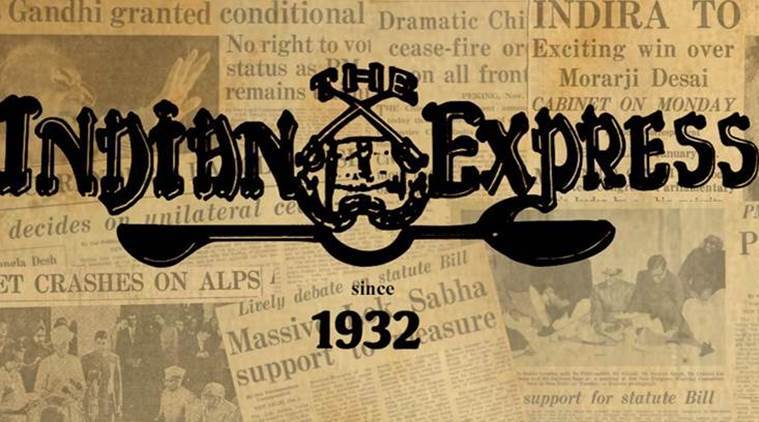Opinion A troubled rupee
Macroeconomic stability seems under renewed threat. But government must stay with fiscal and inflation targets
 In calendar year 2018, the rupee has depreciated by almost 13 per cent, which is seen by the government as too fast-paced a slide.
In calendar year 2018, the rupee has depreciated by almost 13 per cent, which is seen by the government as too fast-paced a slide.  There is a nascent recovery underway, if the growth in capital goods production and aggressive bids for acquisition of assets in insolvency proceedings are any indication.
There is a nascent recovery underway, if the growth in capital goods production and aggressive bids for acquisition of assets in insolvency proceedings are any indication.
This month has been a bad one for the rupee. The domestic currency closed at Rs 66.75-to-the-dollar on Thursday, a fall of around Rs 1.6 since the start of the month. The weakening has partly to do with rising international oil prices: At $ 74 per barrel, Brent crude prices are over 42 per cent higher than they were a year ago. The resultant spike in India’s petroleum import bill is expected to contribute to a significant widening of its external current account deficit (CAD) to $ 50 billion in 2017-18 and a projected $ 75 billion in the current fiscal, as against $ 26.86 billion, $ 22.15 billion and $ 15.30 billion in the first three years of the Narendra Modi government. But it isn’t just the CAD. There are also signs of capital outflows: The current month so far has already seen $ 2 billion worth of net sales of Indian equities and bonds by foreign portfolio investors. And that’s mainly due to rising global interest rates: Ten-year US bond yields have crossed 3 per cent for the first time since December 2013.
All this has brought the country’s traditional macroeconomic vulnerabilities back to the fore. True, things aren’t as bad as during the “taper tantrum” days of May-August 2013, when a combination of the US Federal Reserve indicating a winding down of its massive bond-buying programme and India’s own “twin deficits” (CAD plus fiscal) problems triggered a run on the rupee. Yet, the external environment looks less benign yet again, with hardening oil prices and the US Fed signaling higher interest rates ahead. As a result, macro stability, which was a given under the Modi government, is under renewed threat. Add to this political uncertainty in an election year, and it makes for a disturbing concoction.
The sensible policy response is to stay committed to macroeconomic stability, at least with regard to meeting fiscal and inflation targets. That can act as a buffer against fluctuations in the global oil, currency and capital markets, on which there’s little any government can do. Fiscal adventurism — whether through ill-advised excise duty cuts in petrol and diesel or populist minimum support price hikes for crops — is something that the country cannot afford. There is a nascent recovery underway, if the growth in capital goods production and aggressive bids for acquisition of assets in insolvency proceedings are any indication. These should, sooner or later, translate into an actual revival of investments on the ground. The danger is of this getting stymied by domestic interest rates going up because of increased government borrowings, resulting in a “crowding out” of private investment.





